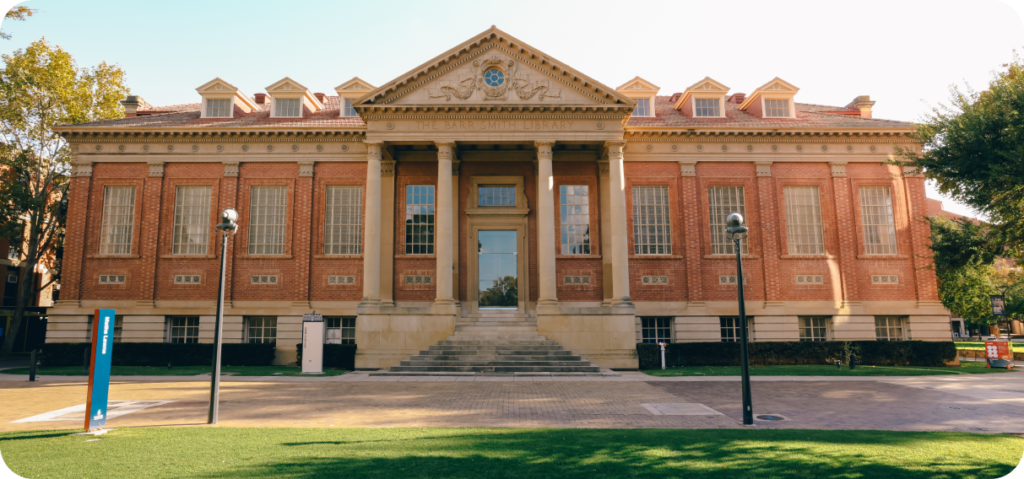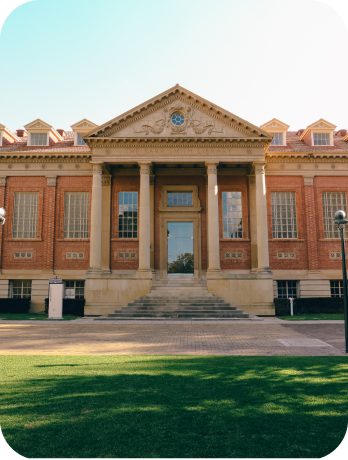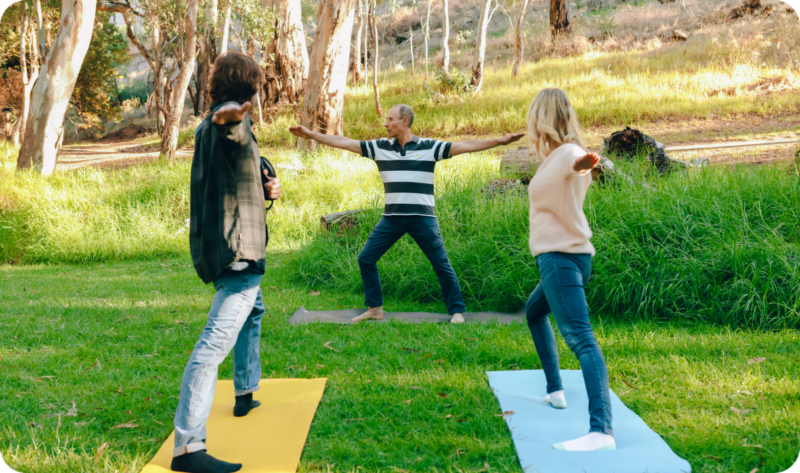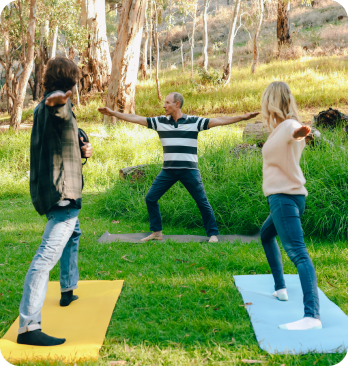About MASTR


Bessel van Der Kolk’s book The Body Keeps The Score led me to explore body-based practices to help people naturally recover from PTSD. In 2015, I read a paper by Ruth Lanius and Paul Frewen that concluded, “neuro-scientifically-informed treatment interventions will be essential to future research agendas aimed at targeting specific PTSD and related symptoms.” This paper changed how I thought about PTSD treatment. Consequently, I set out on a journey learning about mindfulness-based practices known to heal the effects of trauma on the mind, nervous system and body.


Healing your nervous system naturally
I began teaching an 8-week trauma-sensitive mindfulness-based stress reduction course. Based on neuroscience and clinical experience, I improved the course. There is a considerable overlap between the neurobiology of mindfulness and PTSD. I also thought that mindfulness was central to a number of interventions that help PTSD including mindful self-compassion, trauma sensitive yoga, somatic experiencing and EMDR.
In 2018, Boyd and Lanius noted an emerging and rapidly growing literature showing that mindfulness-based interventions show considerable promise in treating PTSD. They wrote “the studies reviewed here suggest that mindfulness-based treatments are effective in reducing symptoms of PTSD, with medium to large within-group effect sizes.”
I developed the 8-week Mindfulness & Somatic Trauma Reprocessing course, which I call the MASTR program. Mindfulness-based interventions target several core features of PTSD including avoidance, hyperarousal, emotional numbing, negative emotions (such as shame and guilt) and dissociation. There are a number of components of mindfulness that promote recovery from trauma-related symptoms. They include attention, emotional training and a mindful way of thinking. Training your attention gives you the ability to determine where to place your attention.
Mindfulness-based approaches appear beneficial in improving body awareness and emotional awareness.
I noticed cross pollination between the practices. For example, Philip Manfield used a somatic experiencing principle and an EMDR principle to develop the Flash Technique. Mindfulness is at the core of somatic experiencing and trauma sensitive yoga and they focus primarily on the body. Mindfulness is at the core of mindful self-compassion and it focuses on emotions (particularly kindness) and relationships (common humanity). Mindfulness is central to EMDR. Rather than simply combine these modalities, I set out to modify them so they would blend together in a coherent way.
One principle of mindfulness is “being with” your experience. There is evidence that “working with” traumatic memories is useful. I tried to balance these and I decided to initially teach people to be with their experience. I then teach people to work with their experience. Finally, I teach how to make a skilful choice as to which would be more helpful in a given moment: being with or working with.
The first 2-3 weeks of the MASTR program are based on helping people develop mindfulness skills, being with experience and developing emotion regulation and distress tolerance skills. There is also PTSD psychoeducation. As the course progresses, the other components are introduced, including eye movement desensitisation and reprocessing.


MASTR is a group program, partly because of the ideas of psychiatrist, Dr Judith Herman. She said that belonging to a group provides the strongest antidote to trauma. Trauma isolates and the group creates a sense of belonging and restores peoples’ sense of humanity. The group hierarchy is flat and I am present as a fellow traveller, rather than as an expert. Instead of being an expert, I engage with my experience in the moment and I do this to embody what I’m teaching and to move away from the trauma paradigm where there is a power imbalance. I encourage people to listen to their body and then to make effective choices about what to do in the practices. This is an important point because people with a history of trauma are often focused externally (hypervigilance) and the more time you focus externally, the less time you are aware of internal sensations. You will be given the opportunity to rest your attention on what you physically notice in your body. Rather than me determining what is okay for you, I will invite you to listen to your body and then to make wise choices.
Trauma affects your body and during the course you’ll be invited to reclaim your body by noticing your body, befriending your body and discovering your body as a resource. The practices involve you learning how to have your body and mind in the same place, at the same time and doing the same thing. Allowing this to happen without automatic defences such as avoidance kicking in is deeply healing. We are social beings and you will have the opportunity to have a shared authentic experience with the MASTR community.
In summary, you will be invited to make choices, engage with present-moment experiences and to take effective action. The present-moment experiences include thoughts, images, emotions, impulses to act and what is happening in your body. You will have the opportunity to explore your own inner world as it is, rather than me defining what you should or shouldn’t experience. You will probably notice the language I use in the MASTR program is invitational and non-prescriptive. Trauma-sensitive yoga (TSY) encourages curiosity, choice and agency.
Podcasts
Episode 1 – Recovering from PTSD
 MASTR
MASTR
- Episode 1 – Recovering from PTSD August 25, 2021
